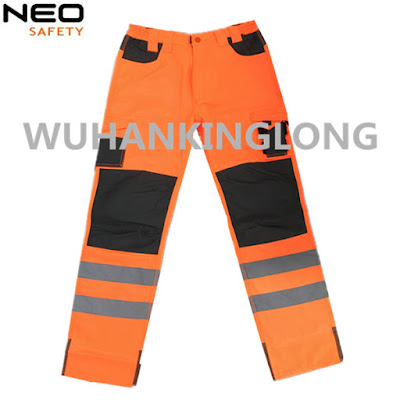Clothing industry
Clothing industry or garment industry summarizes the types of trade and industry along the production and life chain of clothing and garments, starting with the textile industry (producers of cotton, wool, fur, and synthetic fibre) via fashion industry to fashion retailers up to trade with second-hand clothes and textile recycling. The producing sectors build upon a wealth of clothing technology some of which, like the loom, the cotton gin, and the sewing machine heralded industrialization not only of the previous textile manufacturing practices.
There are considerable overlaps between the terms clothing-/garment-, textile- and fashion industry. The clothing sector is concerned with all types of clothes, from fashion to uniforms, e-textiles and workwear. Textile industry is less concerned with the fashion aspect but produces the fabrics and fibres that are required for tailoring. The fashion industry closely follows - and sets - fashion trends to always supply the latest in non-functional clothing.
In 2016, the largest apparel exporting nations were China ($161 billion), Bangladesh ($28 billion), Vietnam ($25 billion), India ($18 billion), Hong Kong ($16 billion), Turkey ($15 billion) and Indonesia ($7 billion). By 2025, it is projected that the United States market will be worth $385 billion. It is also projected that the e-commerce revenue will be worth 123 million in the United States by 2022.
If you want to know more about workwear twill cargo pants, please go to: www.wuhankinglong.com.
There are considerable overlaps between the terms clothing-/garment-, textile- and fashion industry. The clothing sector is concerned with all types of clothes, from fashion to uniforms, e-textiles and workwear. Textile industry is less concerned with the fashion aspect but produces the fabrics and fibres that are required for tailoring. The fashion industry closely follows - and sets - fashion trends to always supply the latest in non-functional clothing.
In 2016, the largest apparel exporting nations were China ($161 billion), Bangladesh ($28 billion), Vietnam ($25 billion), India ($18 billion), Hong Kong ($16 billion), Turkey ($15 billion) and Indonesia ($7 billion). By 2025, it is projected that the United States market will be worth $385 billion. It is also projected that the e-commerce revenue will be worth 123 million in the United States by 2022.
If you want to know more about workwear twill cargo pants, please go to: www.wuhankinglong.com.




评论
发表评论